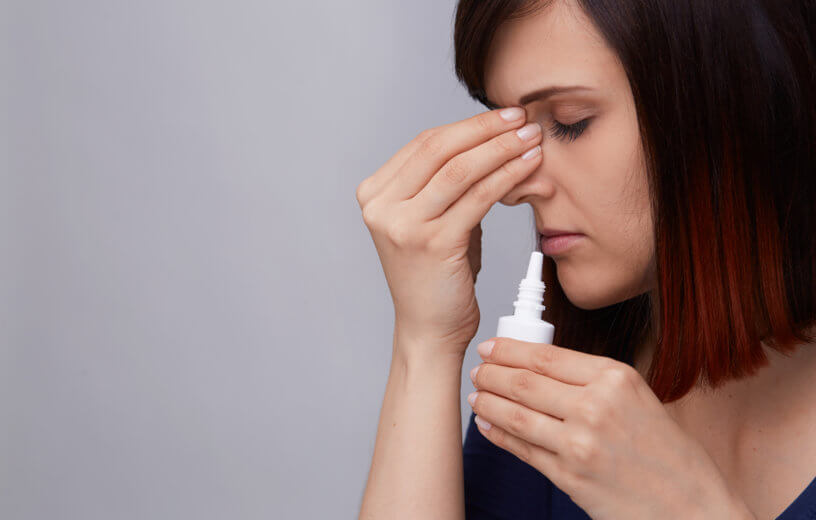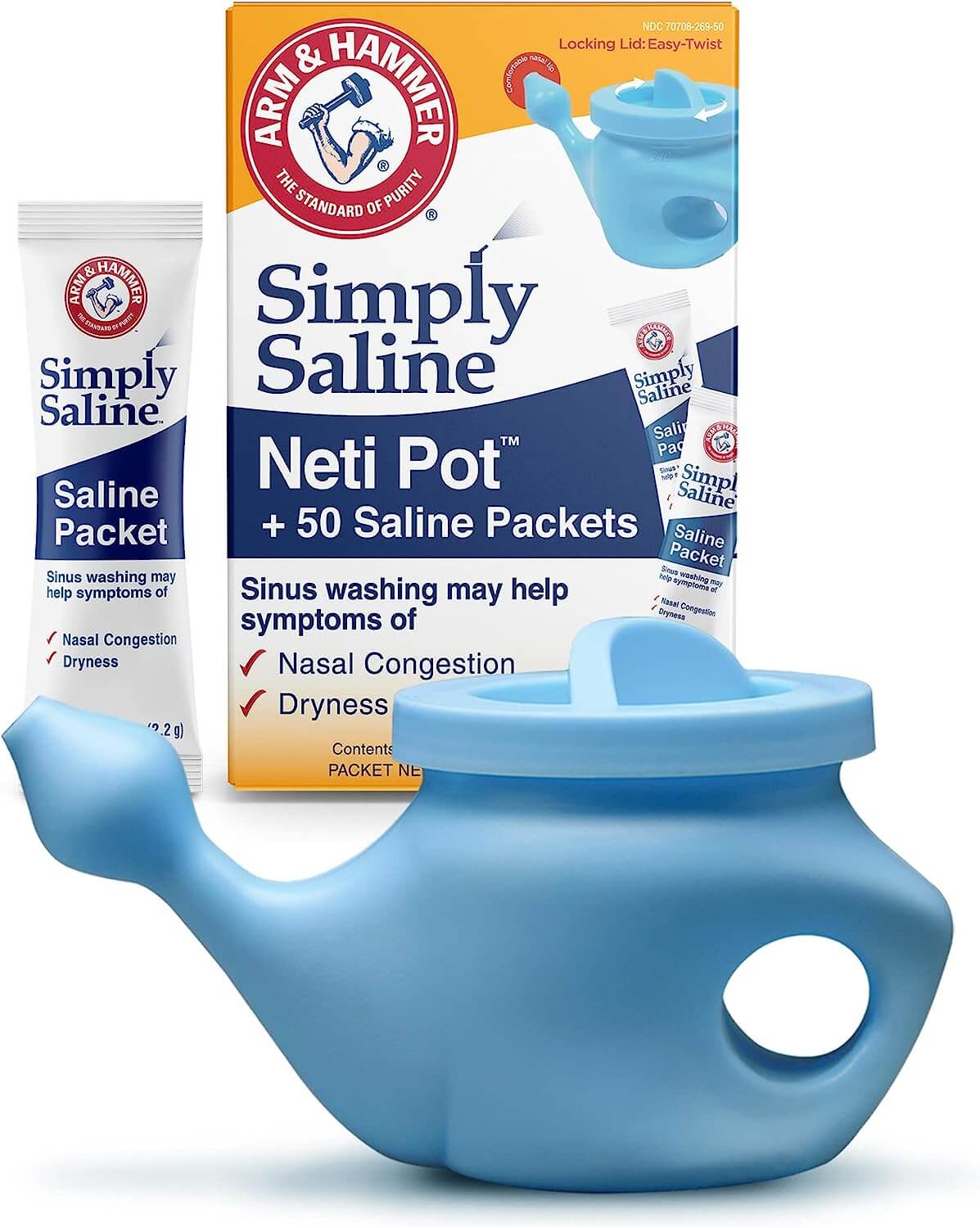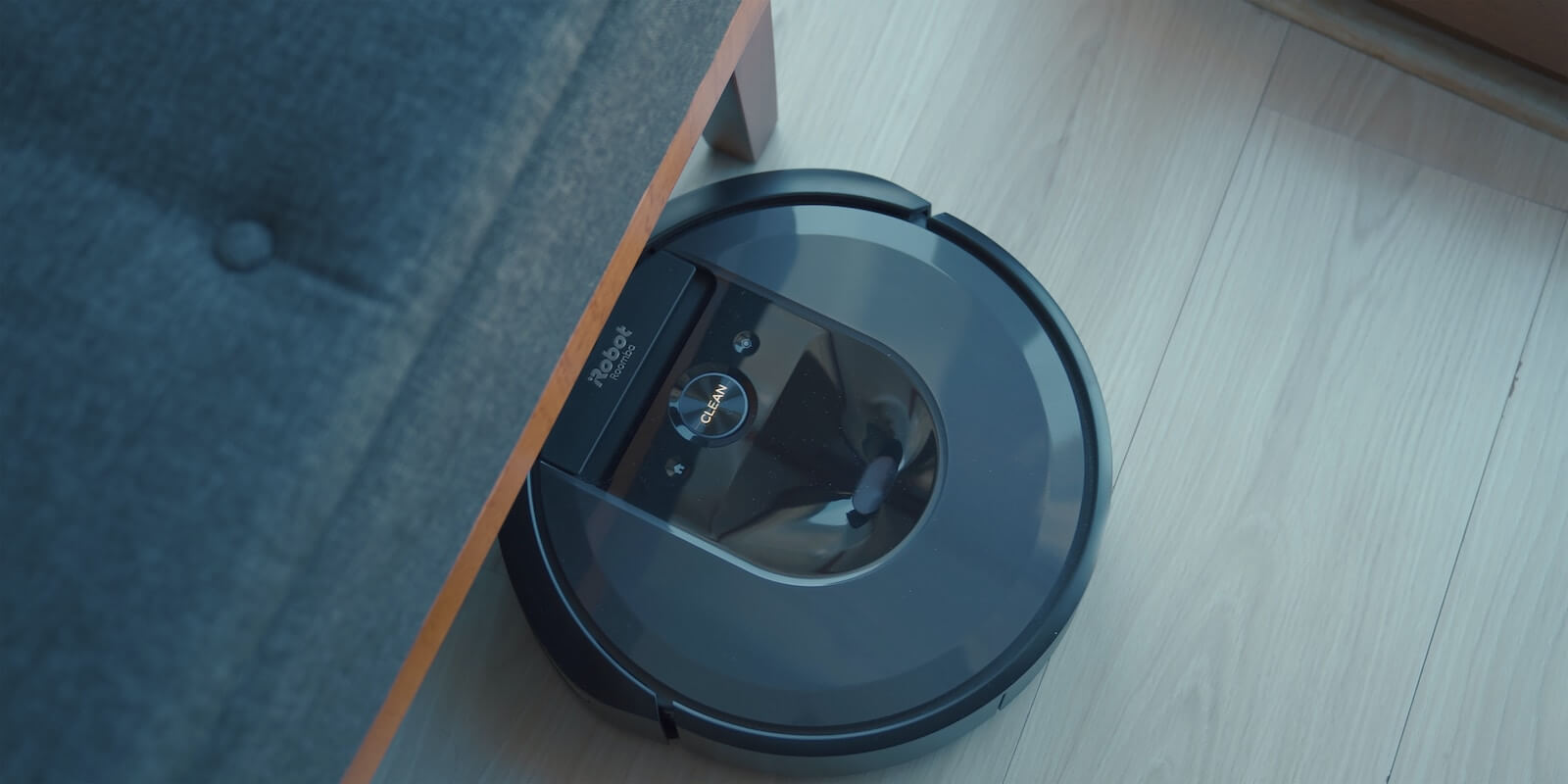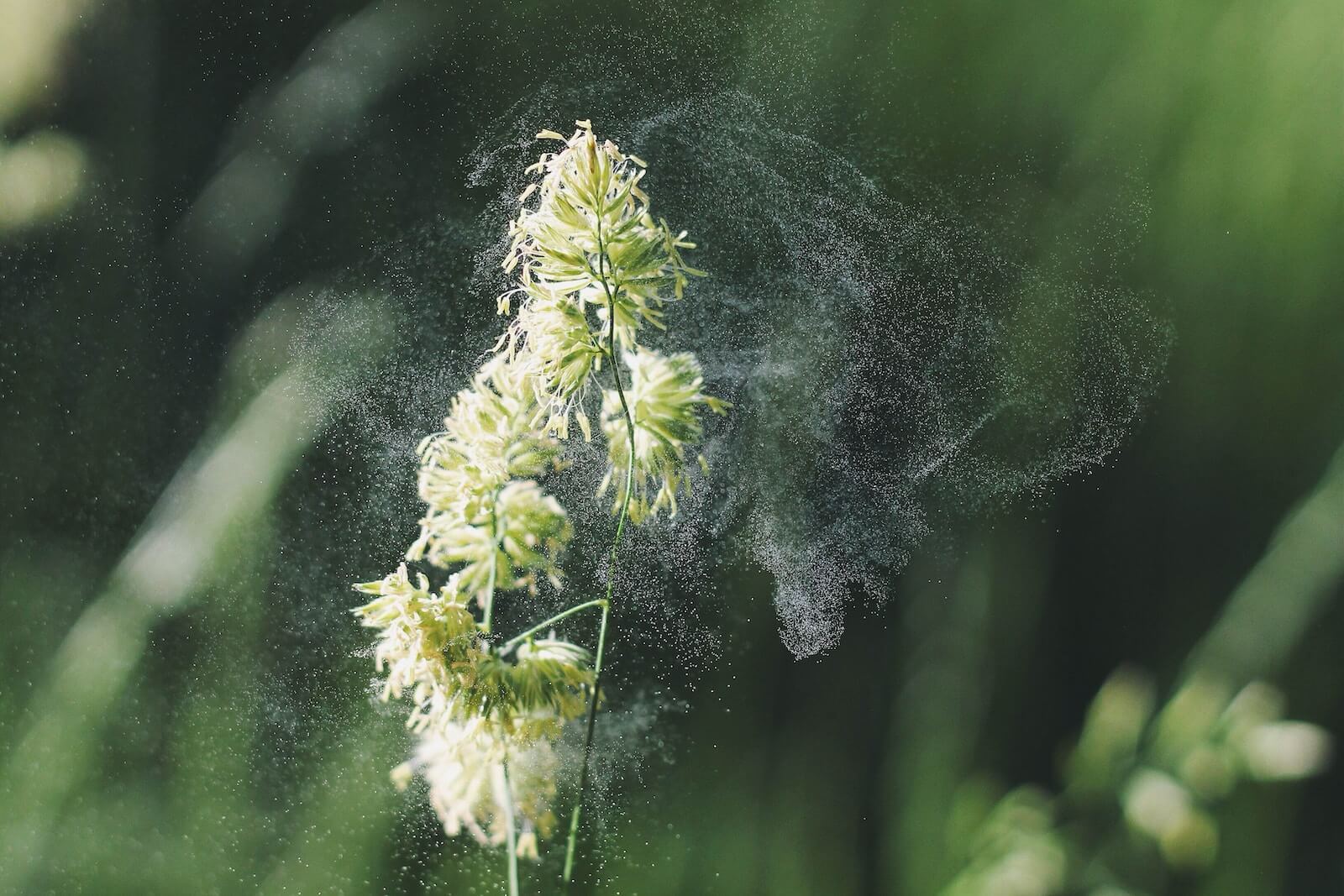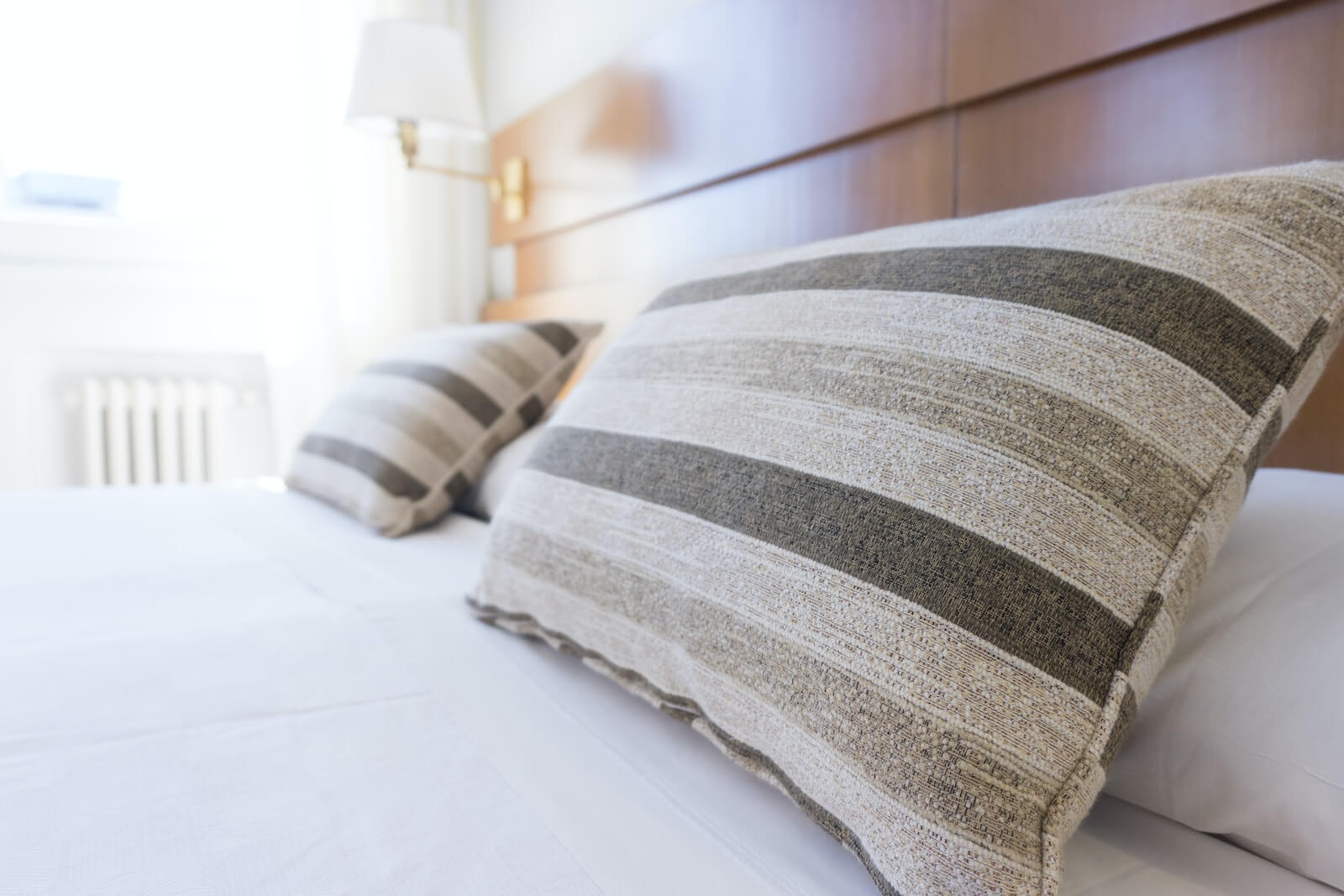Suffering through itchy eyes, a runny nose, and constant sniffles? Don’t resign yourself to a season of allergy misery. This article explores a range of solutions, from medication to lifestyle changes, to help you find relief and get back to enjoying the fresh air. We decided to turn to our sources to learn about the top five best ways to soothe allergy symptoms, to ease your mind and body.
Spring is supposed to be the season of rebirth and new beginnings, but anyone with seasonal allergies knows springtime can also be the season of congestion and irritation. Our list of the top five best ways to soothe allergies might help readers get some relief when they need it most. We turned to the advice of 10 experts to compile this list based on what remedies were recommended most. Did we miss your go-to trick? Let us know your favorite tried and true remedies in the comments below!
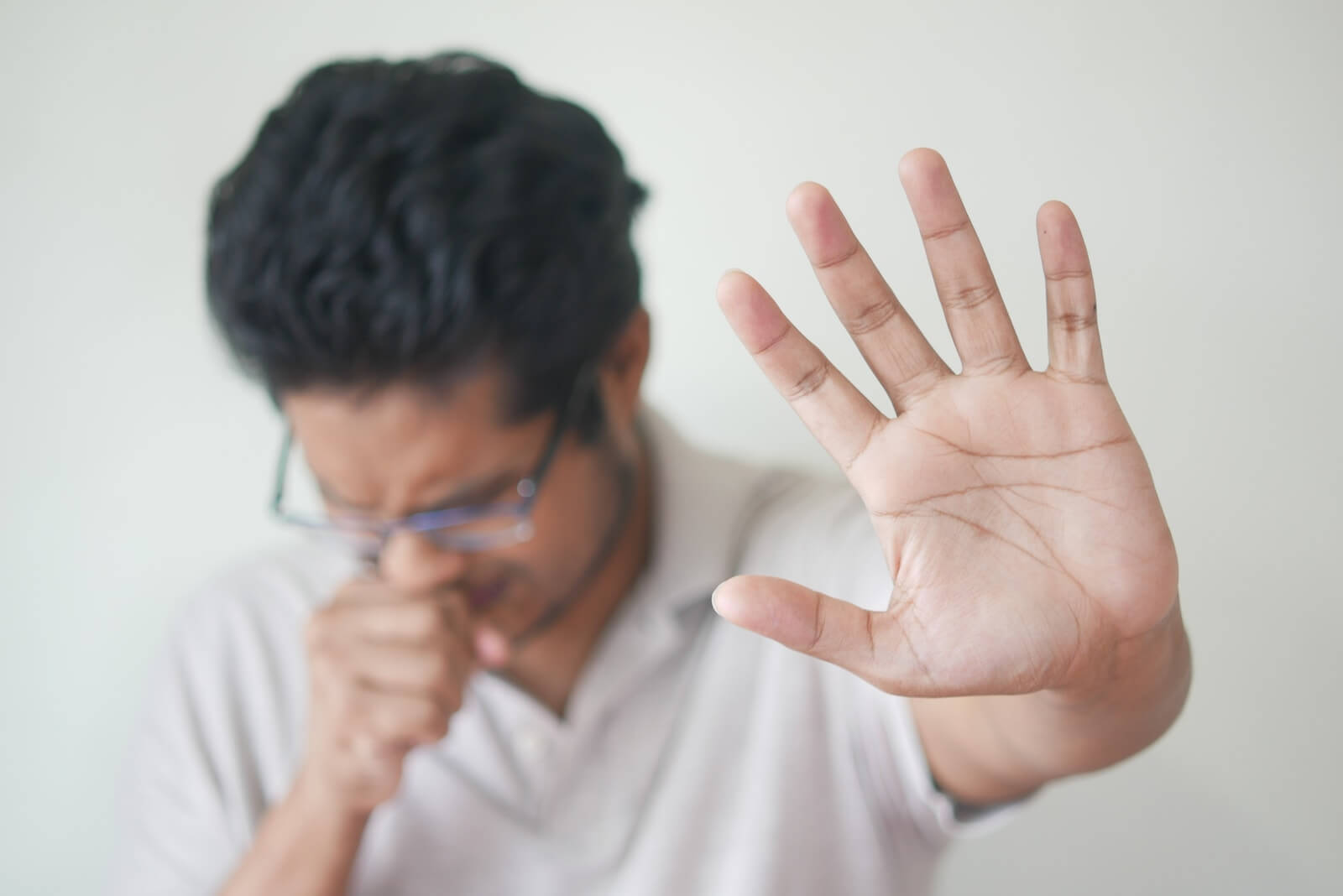
The List: Best Ways to Soothe Allergy Symptoms
1. Saline Nasal Irrigation
Feeling like your nose is a personal launchpad for pollen and dust? Here’s a trick many doctors recommend: a nasal rinse! Think of it like a power washer for your sinuses. It literally flushes out irritants that make you sniffle and sneeze. Plus, it can wash away any lingering bacteria that might be making things worse (Getwell Urgent Care). Studies back this up too – Healthline points to research showing rinses help both kids and adults with seasonal allergies.
Here’s the best part: you can easily do this at home! Sinus rinses work great alongside your regular allergy meds, and there are user-friendly tools like the neti pot to make it a breeze. These handy little pots (found at any drugstore) come with pre-mixed packets you just add to warm water to create a soothing saltwater solution. Then, simply pour the solution through your nose to flush out all that allergy gunk and get back to breathing easy, as HealthPartners explains.
2. Dusting and Vacuuming
Feeling like your allergies are taking over your living room? Here’s how to fight back and turn your home into a haven: Cleanliness is key! Vacuuming regularly is a must, but beware – cheap vacuums can actually spew dust back into the air, making things worse. Look for vacuums with a CERTIFIED asthma & allergy friendly® certification, explains the Asthma and Allergy Foundation of America. These are specially designed to trap dust bunnies, not send them airborne.
Bonus tip: wear a mask while you clean to avoid breathing in all that dust. For dusting, ditch the feather duster – it just stirs things up! Instead, use a damp cloth or one treated with polish to capture dust, advises Dedicated Senior Medical Center. And after a cleaning blitz, consider leaving the house for a few hours to let the dust settle completely.
Keeping your home clean goes beyond just wiping surfaces though. Harsh chemical cleaners can irritate your allergies even more. Instead, whip up some natural cleaning solutions using everyday ingredients like vinegar or baking soda, suggests Web MD. And don’t forget about your vacuum – a HEPA filter will trap allergens like nobody’s business, making your clean a truly allergy-fighting one.
3. Avoid High Exposure
Dodging allergy triggers is like playing defense against your sniffles! Here’s how to outsmart them: Sunshine and fresh air are great, but not when pollen is on the attack. UC Davis Health says to skip mowing the lawn yourself on high-pollen days, and steer clear of those tempting leaf piles that can harbor mold. Strong chemicals and pollution are also allergy villains, so be mindful of those too.
Sometimes, the best defense is a good offense. When pollen explodes, Web MD suggests keeping your windows and doors shut to create a pollen-free fortress. Bonus points for installing HEPA filters in your air conditioner and furnace – they’ll trap those tiny allergy invaders before they can take hold.
Here are some extra tips from the Mayo Clinic to outsmart outdoor allergens: Stay inside on dry, windy days when pollen is more likely to fly around. Rain is your friend – it washes pollen away, so take advantage of those post-rain opportunities to head outside. Chores like mowing and weed pulling can stir up trouble, so delegate those tasks if possible. If you do have to brave the outdoors, shower and change clothes afterwards to rinse pollen off your skin and hair. Skip hanging laundry outside too – pollen can cling to sheets like nobody’s business! And for the ultimate defense, consider wearing a face mask while doing outdoor chores.
4. Showering and Washing Up

Allergies got you feeling like a pollen magnet? Here’s how to stop them in their tracks! Showering before bed can be a game-changer, says Norton Healthcare. Washing off the day’s pollen keeps it from wreaking havoc while you sleep, and the steam from a hot shower can even help ease congestion.
Getwell Urgent Care takes it a step further, recommending a full “pollen decontamination zone” when you get home. Take off your shoes and outer layers outside before stepping through the door. Then, it’s straight to the shower to wash your skin and hair thoroughly. Toss those clothes in the wash right away – pollen doesn’t stand a chance against a good laundry cycle. This might seem extreme, but trust them, this routine can seriously reduce your allergy woes throughout the season.
5. Clean Pillows and Bedding
Ever wonder why your pillow feels a little… heavier after a while? Yikes! Cedars Sinai spills the not-so-fun fact that dust mites love pillows and mattresses, leaving behind… well, let’s just say they don’t pay rent. The good news? You can totally fight back against these microscopic monsters.
HealthPartners says washing your sheets, blankets, and pillowcases in hot or warm water every one to two weeks is a great first step. But for ultimate defense, consider investing in washable pillowcase dust covers, recommends Cedars Sinai. These act like a shield, keeping dust mites out of your sleep sanctuary.
Here’s where things get serious: the Asthma and Allergy Foundation of America recommends encasing your pillows, mattresses, and even box springs in zippered, allergen-resistant covers. These are like force fields against dust mites, way more effective than air purifiers at reducing allergy symptoms. Plus, washing your bedding (minus the covers this time) and stuffed toys in hot water (at least 130 degrees Fahrenheit) every week, followed by a high-heat dryer cycle, will leave those dust mites wishing they never set foot (or claw) in your bed. Sweet dreams (and mite-free ones) ahead!
You might also be interested in:
Sources
- Getwell Urgent Care
- Asthma and Allergy Foundation of America
- UC Davis Health
- Norton Healthcare
- Cedars Sinai
- Dedicated Senior Medical Center
- Healthline
- HealthPartners
- Web MD
- Mayo Clinic
Note: This article was not paid for nor sponsored. StudyFinds is not connected to nor partnered with any of the brands mentioned and receives no compensation for its recommendations. This article may contain affiliate links in which we receive a commission if you make a purchase.
